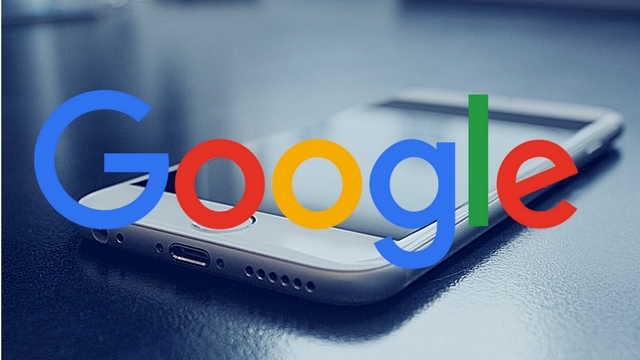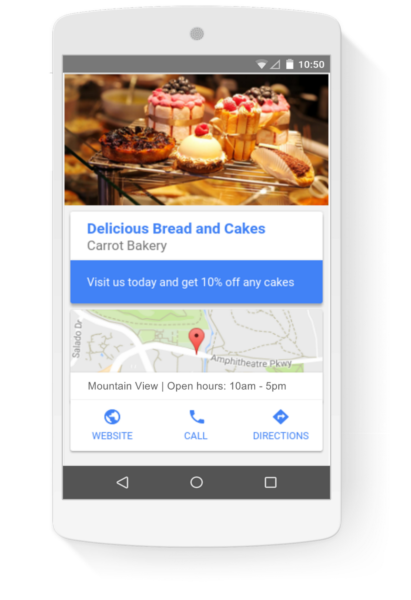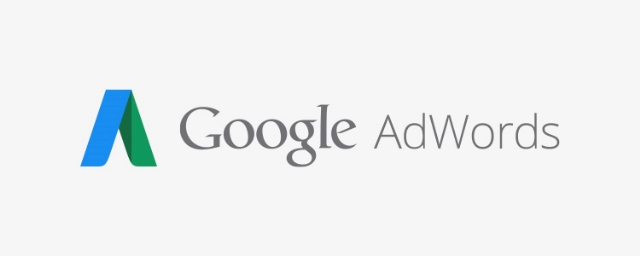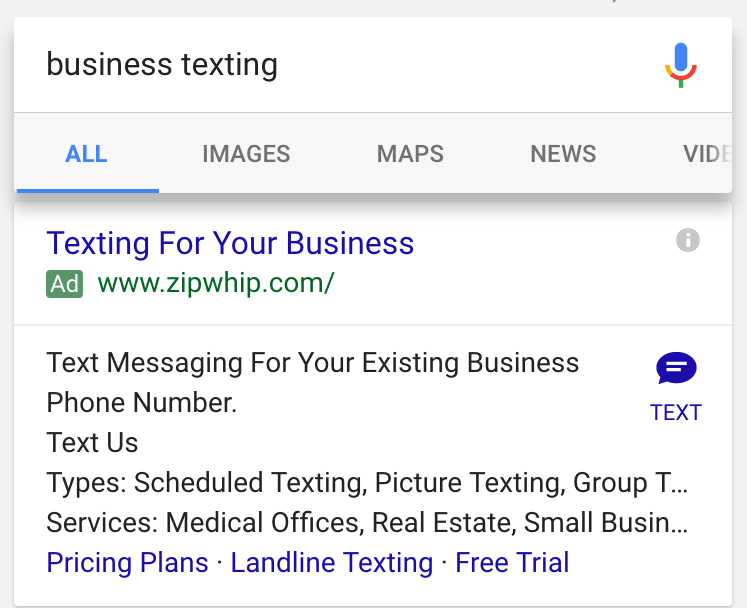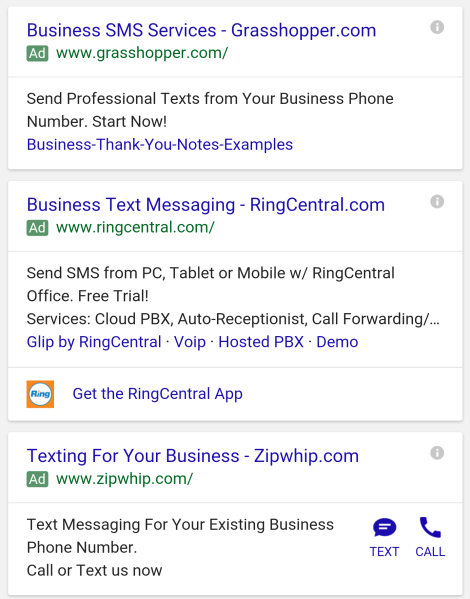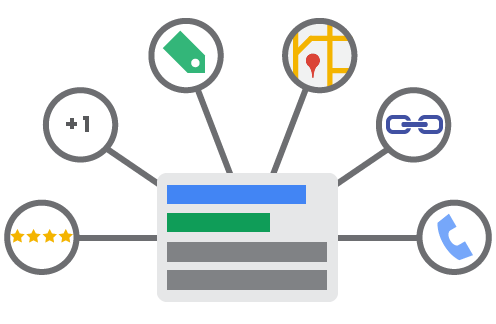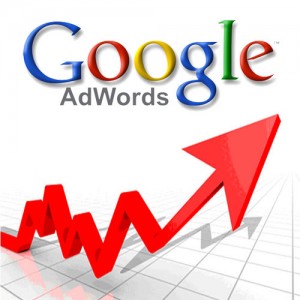Google says it will be rolling out a new ad extension aimed specifically at driving leads for your business in the coming weeks.
The ads look similar to typical search ads with a unique call-to-action. If a user clicks on that CTA, they are taken to a form which can be quickly pre-filled with contact information from their Google account or manually entered.
In the announcement, Google says lead form ad extensions can:
“Capture interest when potential customers are searching for your company, products, or services on Google. A fast, mobile-optimized experience makes form submission easy and eliminates the extra step of navigating to your mobile site lead form.”
Based on their own testing, Google says one advertiser improved their closing rate for sales leads by 20% by using lead form extensions.
While the feature is currently limited to beta testers, it will become available to all Google Ads advertisers in the next few weeks. However, the ad extensions will not be available for advertisers in a few select areas.
Lead form extensions will not be eligible for ads relating to:
- Adult-oriented content
- Alcohol-related content
- Gambling-related content
- Healthcare and medicines
- Political content
For more information about lead ad extensions, check out Google’s new help center document here.

